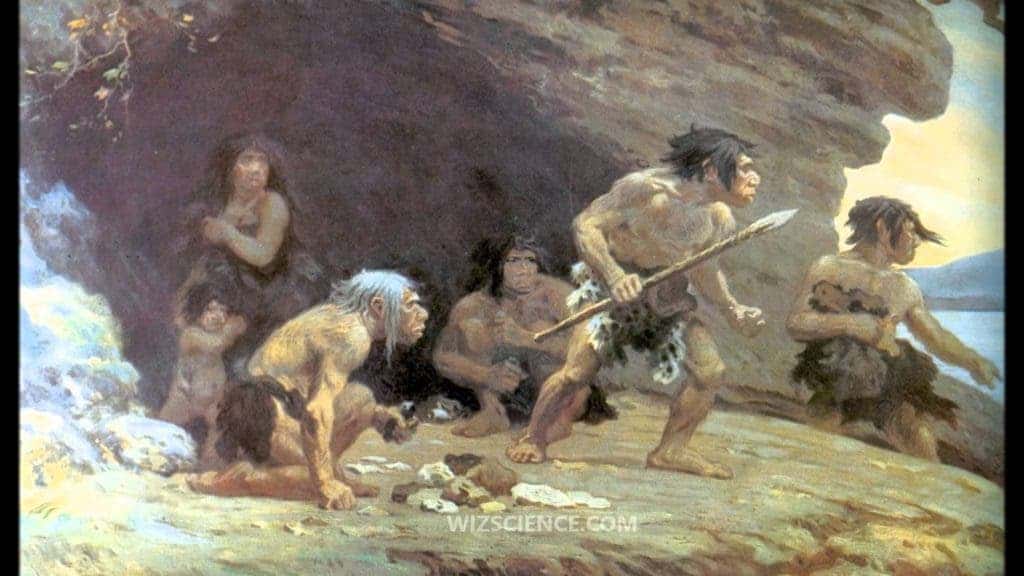Researchers working in Spain have made a surprising finding: Neanderthals emerged much earlier than previously believed, perhaps as far as half a million years ago. This comes after previous research suggested that Neanderthals intermingled with humans and other hominins over 100,000 years ago.
We’re starting to understand that Neanderthals themselves were a much more complex race than we previously thought. For some time now, we’ve known for sure that Neanderthals and humans cross-bred. This is evidenced by the fact that non-African people alive today have about 2% Neanderthal DNA, while sub-Saharan Africans (those whose ancestors were never to Europe) share 0% Neanderthal DNA. But previous analyses of the hominins from Sima de los Huesos in 2013 showed that their DNA is related to that of Denisovans, an extinct species of humans. Until now, the 400,000-year old skeletons were of unknown origin, and some thought they were perhaps a common ancestor of Neanderthals and denisovans. However, using DNA analysis, researchers from Leipzig confirmed that the skeletons are Neanderthals, anchoring them much better in a human timeline.
“Sima de los Huesos is currently the only non-permafrost site that allow us to study DNA sequences from the Middle Pleistocene, the time period preceding 125,000 years ago”, says Matthias Meyer of the Max Planck Institute for Evolutionary Anthropology, lead author of an article that was published in Nature today. “The recovery of a small part of the nuclear genome from the Sima de los Huesos hominins is not just the result of our continuous efforts in pushing for more sensitive sample isolation and genome sequencing technologies”, Meyer adds. “This work would have been much more difficult without the special care that was taken during excavation.”
These findings are consistent with modern humans diverging from ancient timelines 550,000 to 750,000 years ago. Interestingly, while it has been confirmed that they are Neanderthals, their DNA is still extremely close to Denisovans, raising even more questions about how the Denisovans emerged, and interacted with other humans.
It’s a great time to be alive, when modern, advanced techniques can shed light on ancient fossils:
“We have hoped for many years that advances in molecular analysis techniques would one day aid our investigation of this unique assembly of fossils”, explains Juan-Luis Arsuaga of the Complutense University in Madrid, Spain, who has led the excavations at Sima de los Huesos for three decades. “We have thus removed some of the specimens with clean instruments and left them embedded in clay to minimize alterations of the material that might take place after excavation.” The nuclear DNA sequences recovered from two specimens secured in this way show that they belong to the Neandertal evolutionary lineage and are more closely related to Neandertals than to Denisovans. This finding indicates that the population divergence between Denisovans and Neandertals had already occurred by 430,000 years ago when the Sima de los Huesos hominins lived.
A comparison with the genome of a Neanderthal from the same cave revealed significant local interbreeding with local Neanderthal DNA representing 17% of the Denisovan genome, while evidence was also detected of interbreeding with an as yet unidentified ancient human lineage.
Journal Reference: Matthias Meyer et al. Nuclear DNA sequences from the Middle Pleistocene Sima de los Huesos hominins, Nature (2016). DOI: 10.1038/nature17405










